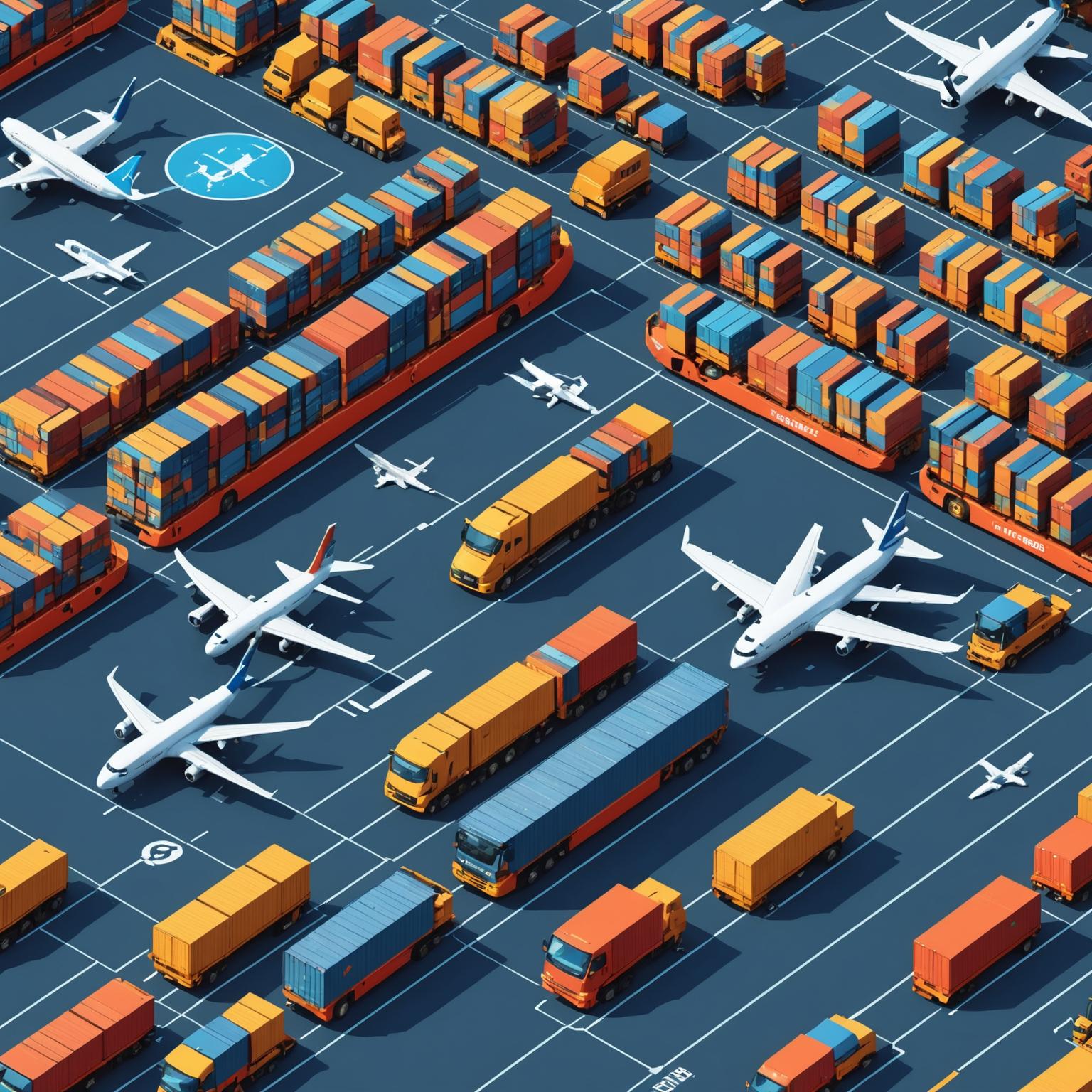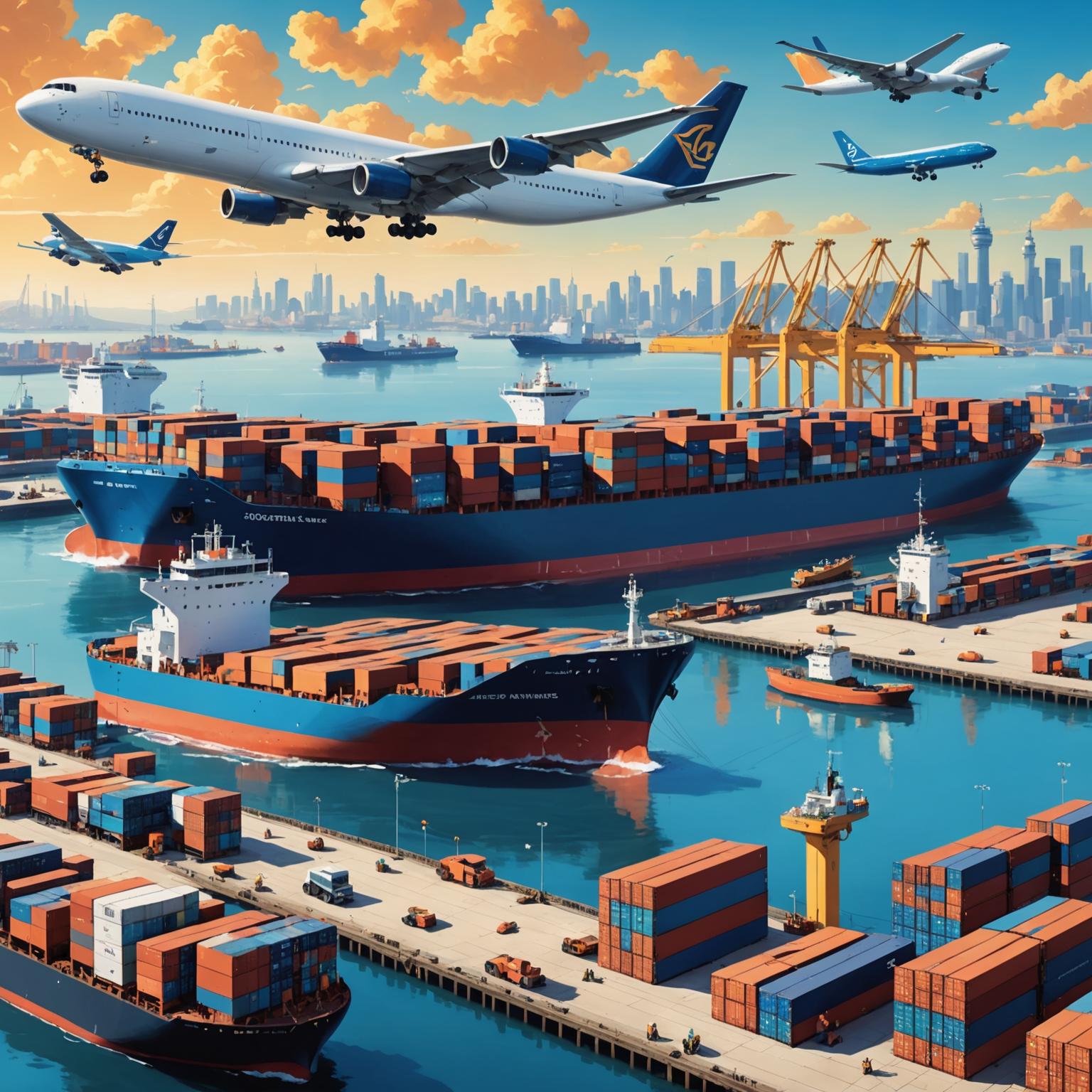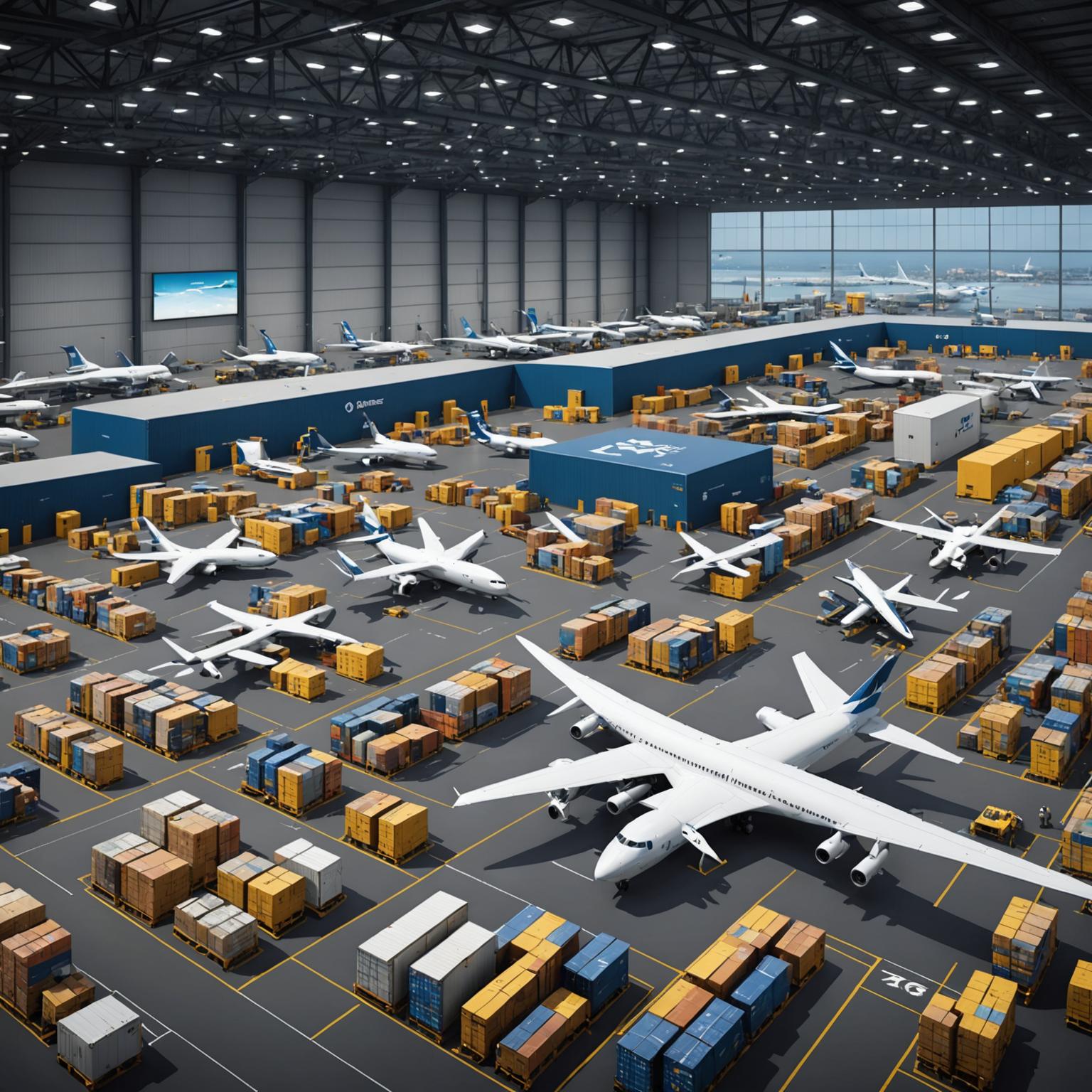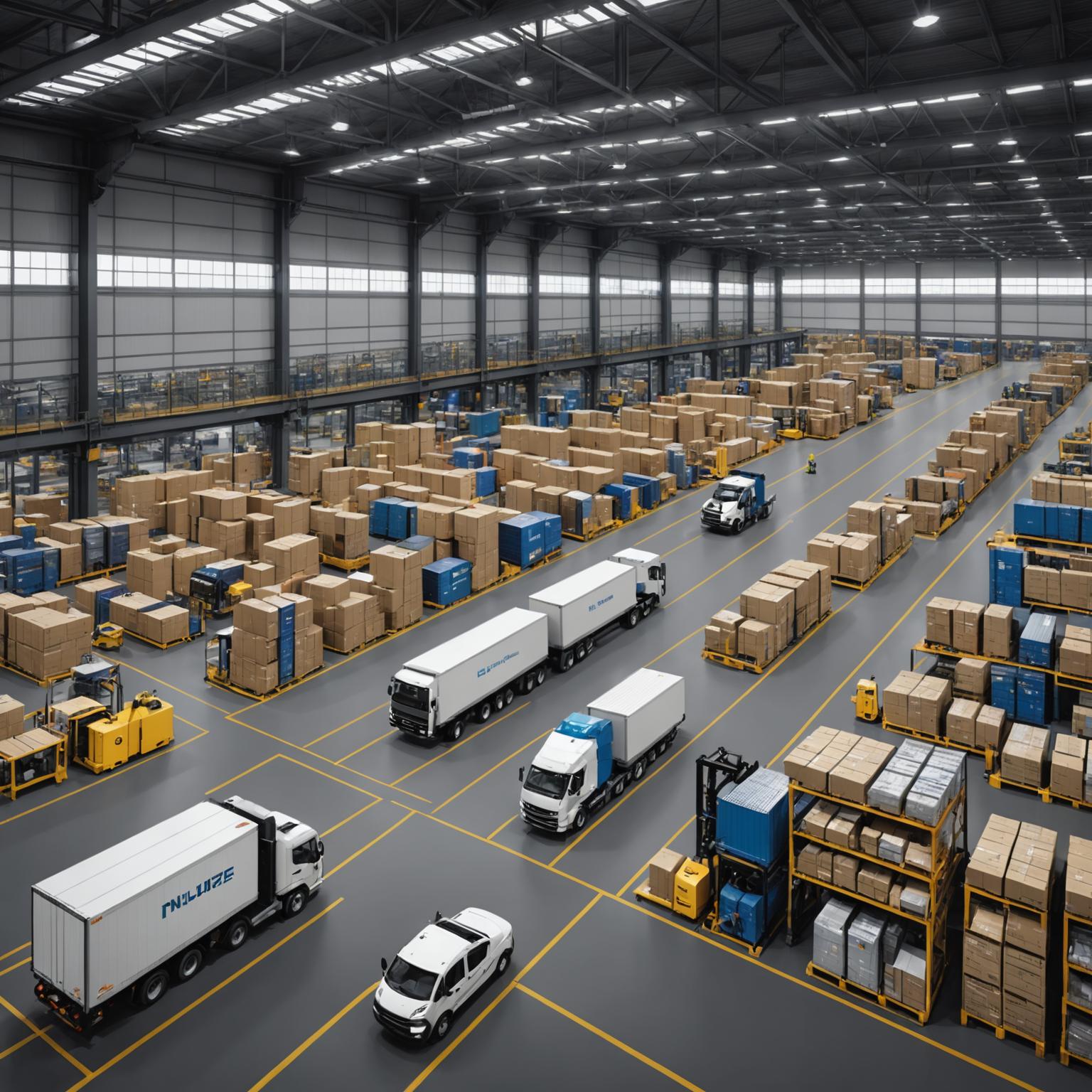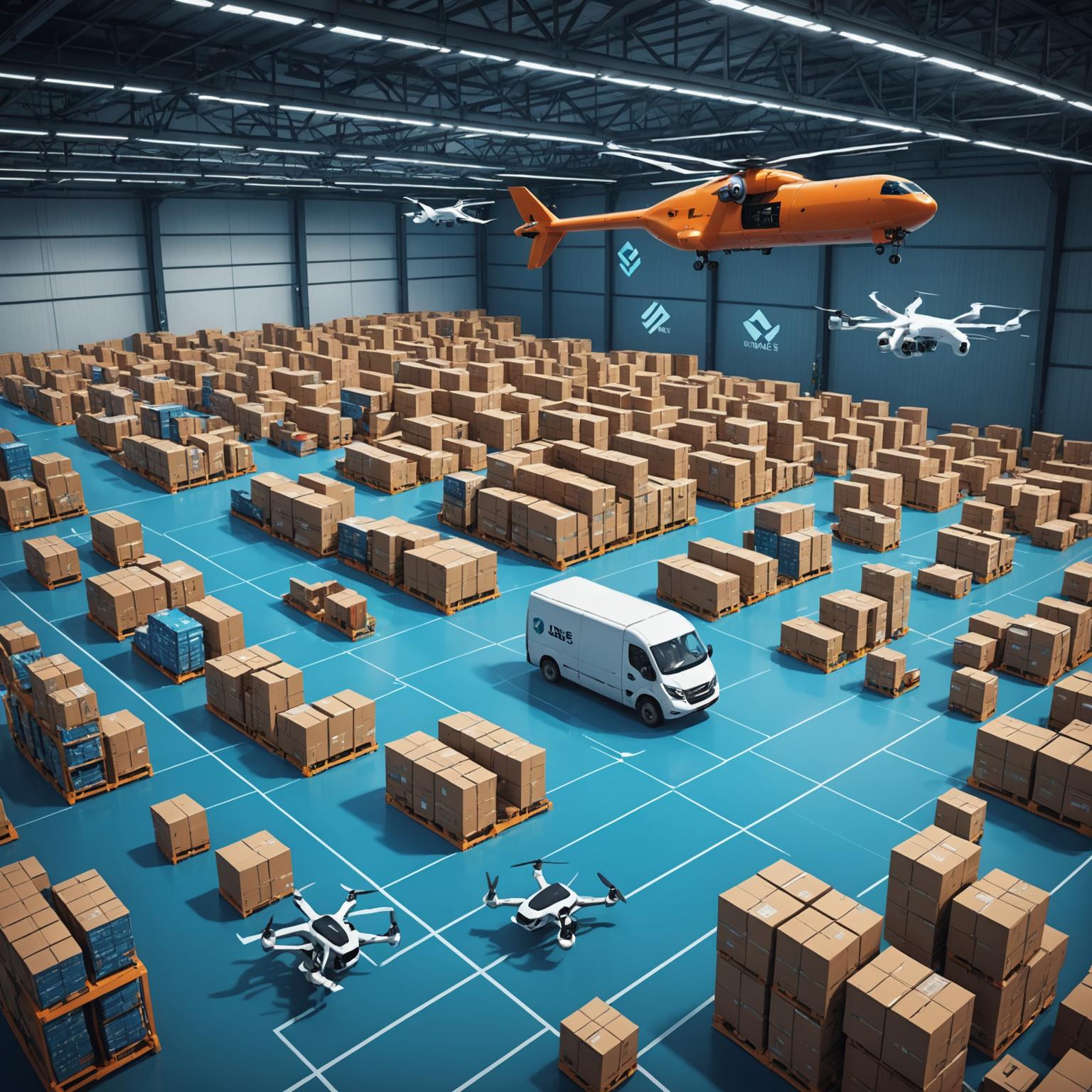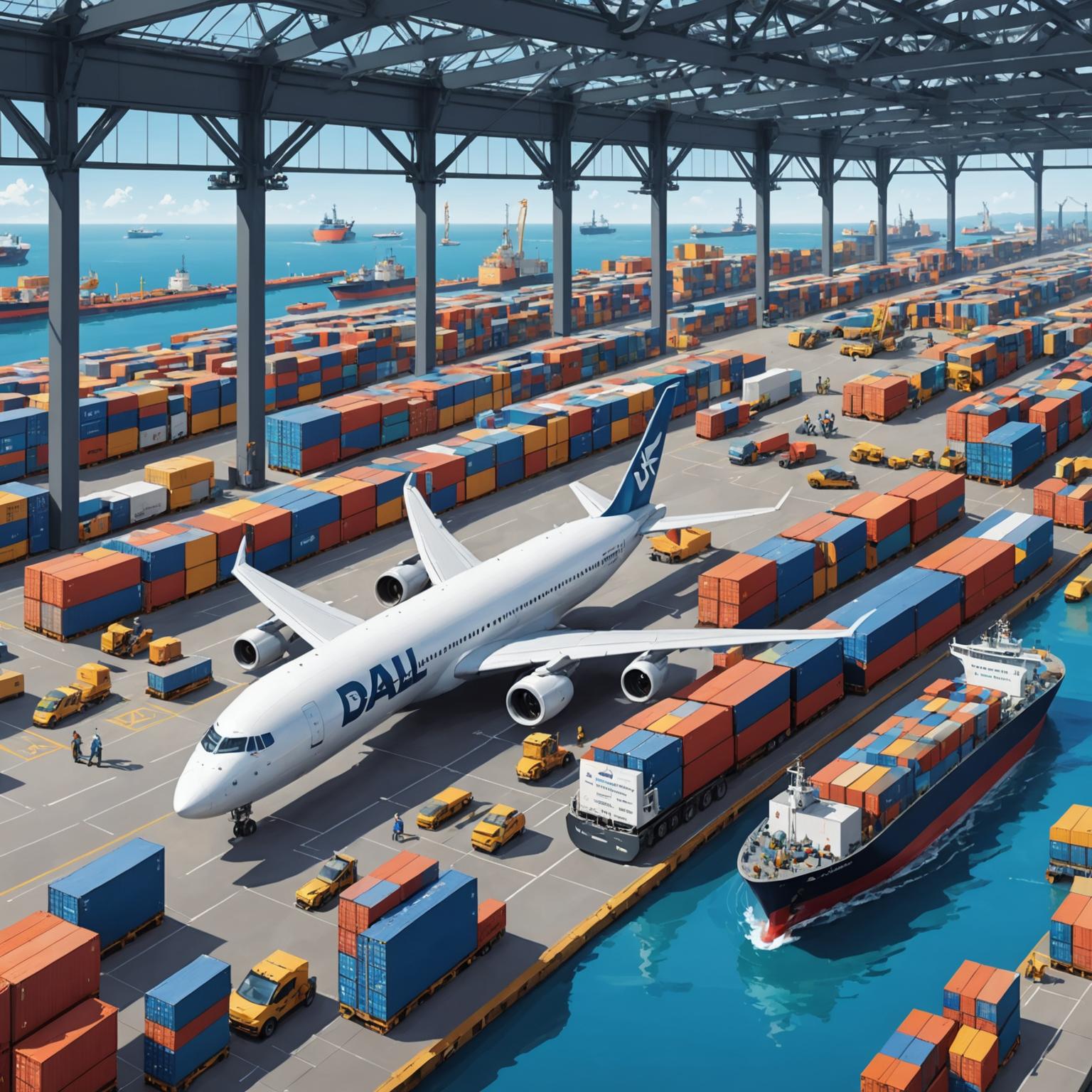In today's interconnected global marketplace, the efficiency of a supply chain can make or break a business. Moving goods from one side of the world to the other requires a sophisticated, reliable, and flexible network. At the heart of this network for time-sensitive cargo is Air Transport, a critical component that promises speed and precision when deadlines are tight and value is high. This mode of transit is part of a larger, integrated system designed to connect manufacturing hubs with consumer markets seamlessly.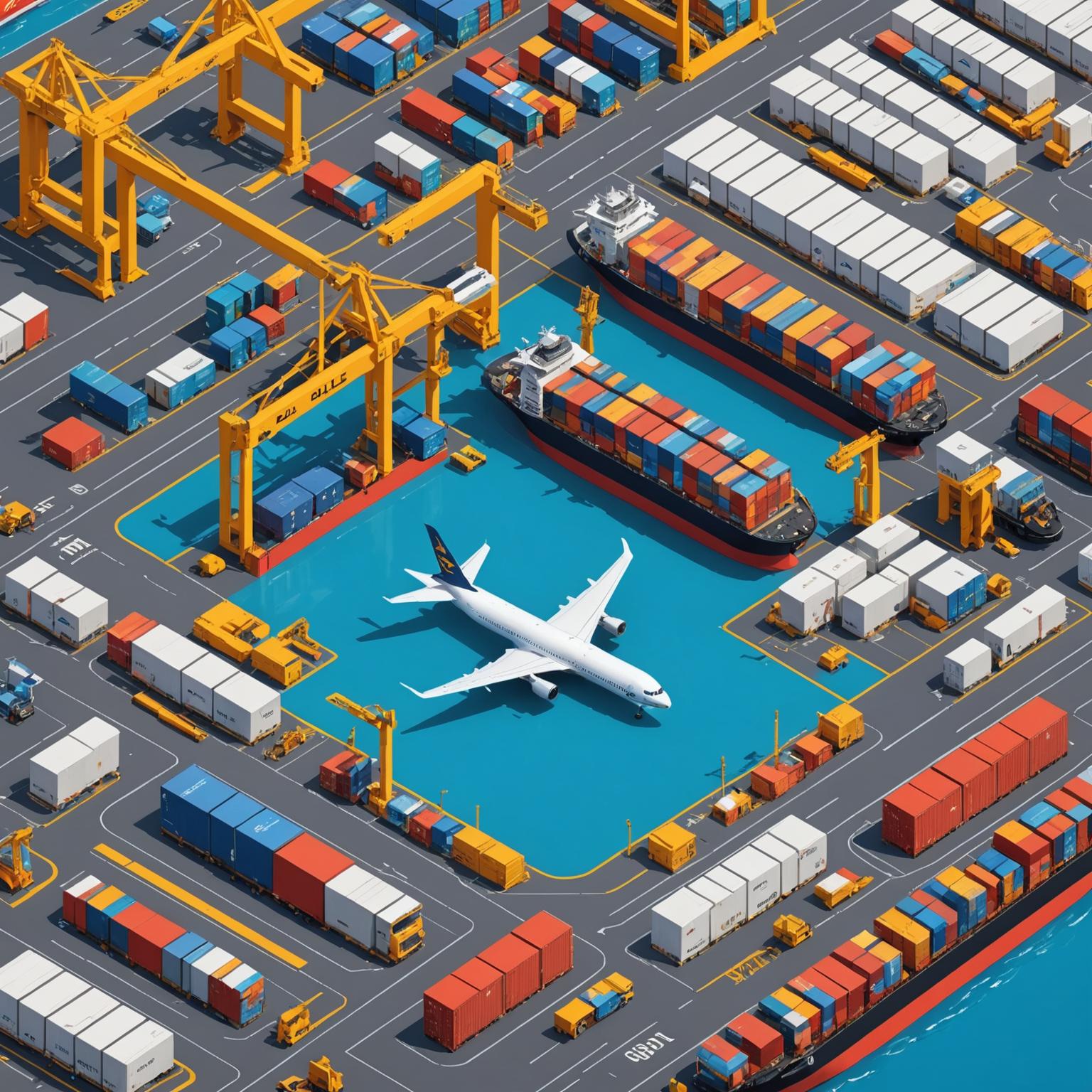
The Unmatched Speed of Air Transport
When speed is the top priority, nothing compares to the velocity of Air Transport. It has become the go-to solution for industries dealing with high-value electronics, pharmaceuticals, perishable goods, and urgent documents. By significantly reducing transit times from weeks to mere days or hours, air freight minimizes inventory holding costs and allows businesses to respond rapidly to changing market demands. The global reach of interconnected airports ensures that even the most remote locations are accessible, making it an indispensable tool for international commerce and just-in-time manufacturing strategies.
Seamless Ground Logistics with Truck Transport
While air freight handles the long-haul journey, no delivery is complete without an effective ground-level connection. This is where the indispensability of Truck Transport comes into play. Trucks are the vital link that provides first-mile pickup from a factory and last-mile delivery to a warehouse or storefront. This flexible and robust mode of transportation bridges the gap between airports, seaports, and final destinations. The agility of Truck Transport allows for direct, door-to-door service, navigating both urban environments and remote regional areas with unparalleled efficiency, ensuring the cargo journey is complete and seamless.
Maximizing Efficiency with Ocean Freight
For larger, less time-sensitive shipments, ocean freight offers an unbeatable combination of capacity and cost-effectiveness. The scale of modern container ships allows for the movement of massive volumes of goods in a single journey. Businesses can choose the service that best fits their needs, whether it's Full container shipping (FCL), where an entire container is dedicated to one shipper, or Less container load (LCL), where multiple shippers can share space within a single container. This flexibility makes ocean freight accessible to businesses of all sizes, from large corporations shipping bulk commodities to smaller enterprises needing a cost-effective solution for their goods. The choice between Full container shipping and Less container load provides a tailored approach to managing freight costs and volume.
Integrating Air, Land, and Sea for Optimal Performance
The true power of modern logistics lies in the seamless integration of these distinct modes of transport into a single, cohesive system. A next-generation integrated freight network combines the strengths of air, land, and sea to offer unparalleled efficiency. Powered by smart logistics and advanced tracking systems, every stage of the journey is monitored and optimized for transparency and precision. This multimodal approach means cargo can transition smoothly from a cargo ship to a truck and then onto a plane, all orchestrated through centralized hubs. This synergy shortens delivery times, reduces operational costs, and provides impeccable reliability for your supply chain.
The Future of Global Logistics
This vision of a highly connected world is not just about speed; it's also about building a more sustainable and reliable future. Modern transportation systems are increasingly designed with eco-conscious standards, from fuel-efficient aircraft to reduced-emission engines on cargo ships. The intricate coordination between different transit modes ensures that cargo reaches its destination in the most efficient and responsible way possible. By embracing this integrated approach, businesses can revolutionize their logistics, turning potential barriers into bridges for global commerce and innovation.

